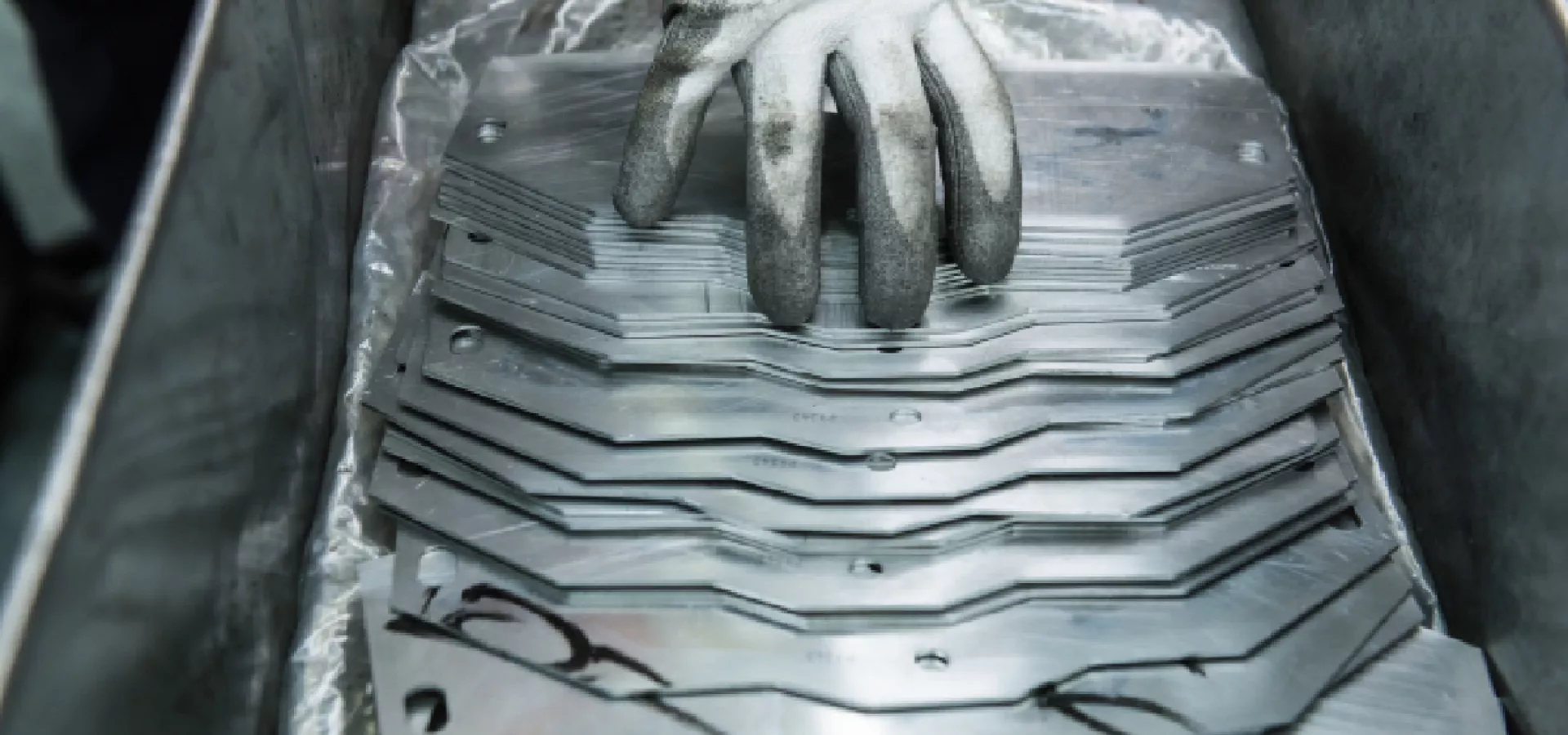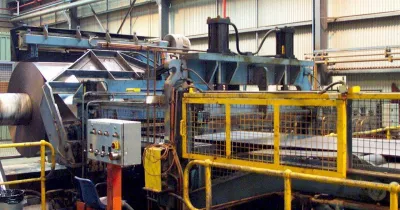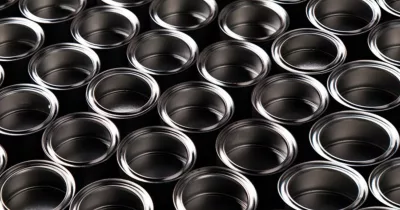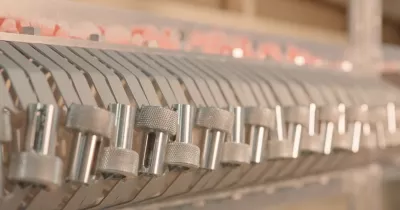Why Degreasing is a Critical First Step in Electroplating

July 25, 2025
July 25, 2025
Electroplating turns ordinary metal parts into durable, corrosion‑resistant, and visually appealing components—but only when the surface is spotless.
Below, we unpack how degreasing works, why it matters, and which modern options are raising the bar for both quality and sustainability.
What exactly is degreasing?
Degreasing removes organic and inorganic contaminants—machining oil, fingerprints, polishing compounds, oxide films—that would otherwise block the plating layer from bonding to the base metal.
A clean, oil‑free surface allows the deposit to adhere tightly and evenly, which translates into fewer rejects, longer‑lasting coatings that shrug off abrasion and corrosion, and lower rework costs that keep production schedules on track.
Alkaline Cleaning Agents
One of the most widely used methods in the industry, alkaline cleaning uses elevated-pH formulations to emulsify oils and remove embedded soils. PAVCO’s Clean-R™ series offers advanced alkaline cleaners that are:
Low-foaming for easier rinsing
Compatible with ferrous and non-ferrous substrates
Formulated for extended bath life and reduced sludge generation
These cleaners are particularly effective in removing shop soils without contributing to excessive drag-out or introducing unstable residues into downstream plating baths.
Acid Activation and Oxide Removal
In addition to oil-based soils, many metal parts have oxide films that must be removed to ensure full plating coverage. PAVCO’s PavPrep™ and PavHib™ solutions deliver buffered acid activation and selective oxide removal that:
Reduce hydrogen embrittlement in high-strength steels
Eliminate over-etching
Reduce acidic fume generation, improving operator safety
These steps complement alkaline degreasing to deliver a fully activated, oxide-free surface ready for reliable plating.
Why effective degreasing is essential to the entire plating line
Degreasing does more than just clean—it protects the integrity of the entire plating system:
1. Plating Adhesion Depends on Clean Substrates
Contaminants create a physical and chemical barrier to adhesion. Even the most advanced plating chemistry cannot compensate for a poorly prepared surface.
2. Bath Stability Begins with Clean Inputs
Soils dragged into plating tanks can destabilize formulations, reduce plating efficiency, and increase the frequency of costly chemical adjustments or bath dumps.
3. Clean Surfaces Yield Superior performance
Parts that are thoroughly cleaned and properly activated exhibit fewer voids, greater deposit uniformity, and stronger resistance to corrosion, wear, and fatigue.
4. Reducing Rework Protects Profitability
Poor cleaning leads to costly reprocessing. Efficient surface preparation ensures higher first-pass yield, shorter cycle times, and improved resource utilization.
Build a Stronger Foundation with PAVCO
Clean parts are the starting point for quality plating—and chemical degreasing is where that begins. PAVCO’s pre-plate product line is engineered to deliver:
High cleaning efficiency without excessive drag-out
Compatibility with plating chemistries to preserve bath stability
Safer, compliant alternatives to outdated solvent systems
We help you build plating lines that are more productive, more reliable, and better aligned with today’s sustainability goals.
Interested in improving your cleaning process? Talk to our specialists todayand discover how our advanced surface-preparation chemistries can enhance your line's performance from the very first step.
IT’S HOW YOU FINISH

We’re a developer and supplier of chemistries for the metal finishing industry since 1948.
In PAVCO, we develop products and deliver services of the highest quality at a reasonable cost.






